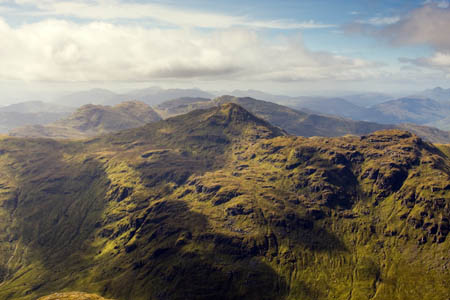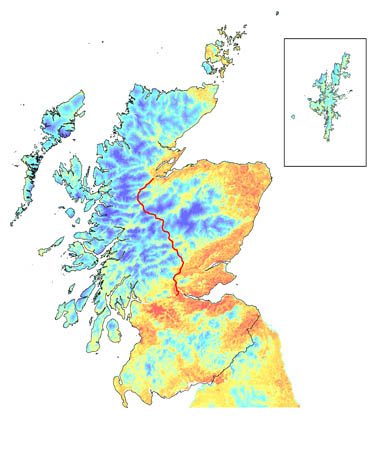Scotland’s leading wilderness campaign group today launched a fightback against encroachment on the UK’s remaining wild areas.
The call to protect the unspoilt landscapes came in the wake of the Scottish Government’s green light to the controversial Beauly to Denny power line which will cut through the Cairngorms national park and other scenically important areas of the Highlands. The project was backed by some environmental groups as well as Scotland’s main political parties, yet provoked wide condemnation from most outdoor groups.
The John Muir Trust, which was among those opposing the power line, says the areas where human intervention is not evident are shrinking rapidly and need statutory protection. The wild land is, according to the trust, essential to wildlife, the economy and human wellbeing.
Scottish Natural Heritage says the amount of land unaffected by visual intrusion from built development was cut in Scotland by 25 per cent between 2002 and 2008.
JMT chairman John Hutchison said: “Never before has there been a greater demonstration of the need for statutory protection of the UK’s last remaining areas of wild land.
“Last week’s Beauly-Denny decision has shown how even the Cairngorms National Park has proved an inadequate defence from the creeping industrialisation of our natural environment.”
The campaign aims to build a broad alliance of individuals, organisations and businesses committed to safeguarding wild land in the UK. This wilderness is essential, says the JMT, for clean water and floodplains; the health of the population enjoying the natural environment; the protection of wildlife and flora, and the promotion of tourism.
The JMT published a map (right) showing Scotland’s wild land – areas relatively unaffected by human intervention – on a gradated scale from deep blue, for the wildest areas, to red in the most built-up areas. The red line indicates the route of the Beauly to Denny line.
The trust said onshore wind developments and associated transmission lines are now a major threat to wild land in the UK.
“We are convinced that the Government can both meet its ambitious carbon-reduction targets and protect our most treasured landscapes though a combination of energy conservation measures and carefully sited renewable developments,” said John Hutchison. “New geographic modelling can identify the core areas of wild land in Britain that need to be safeguarded for future generations.”
The John Muir Trust is named after the conservation pioneer who was born in Scotland and emigrated to the USA, where he was instrumental in the foundation of the country’s national parks.

